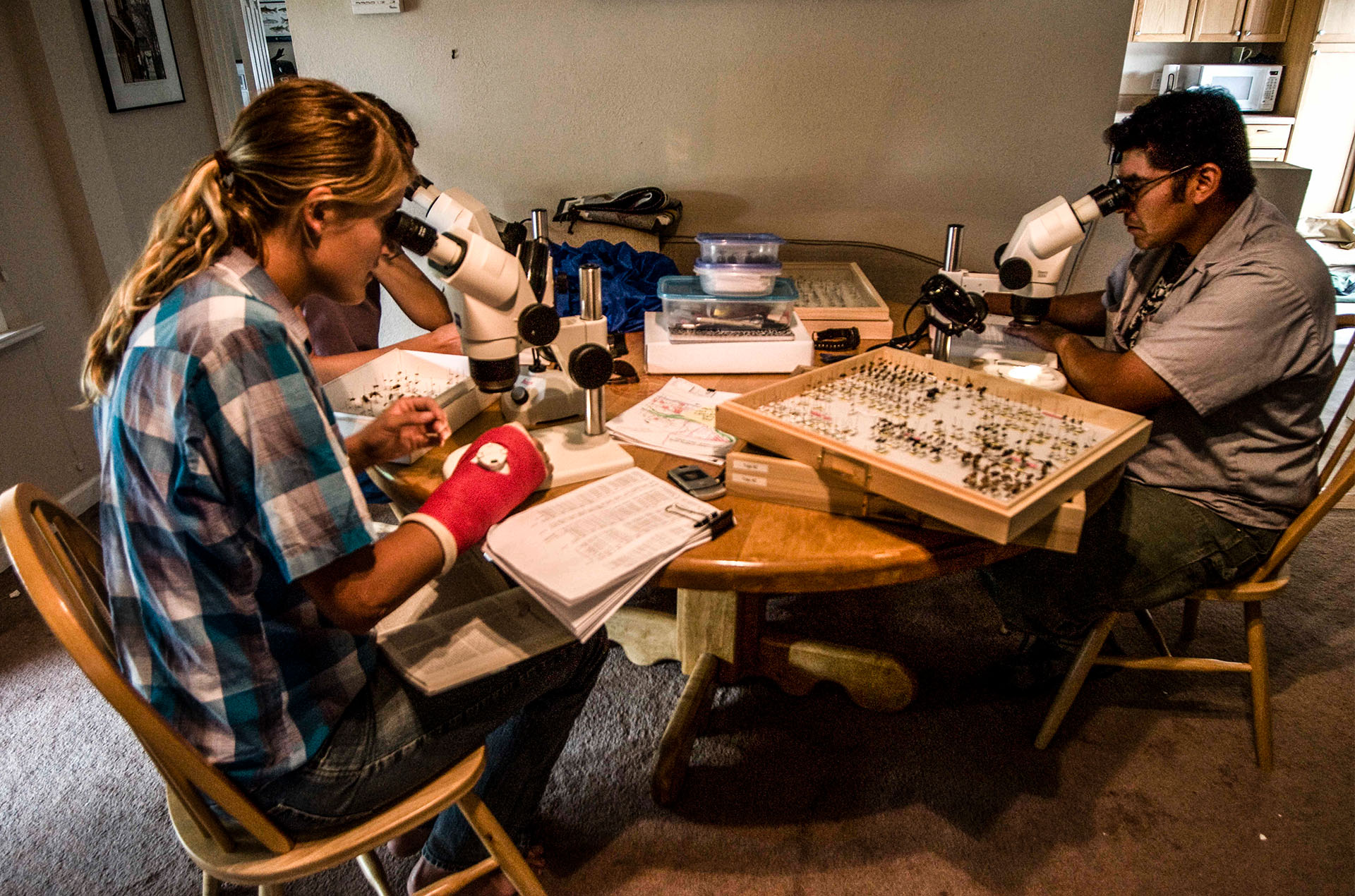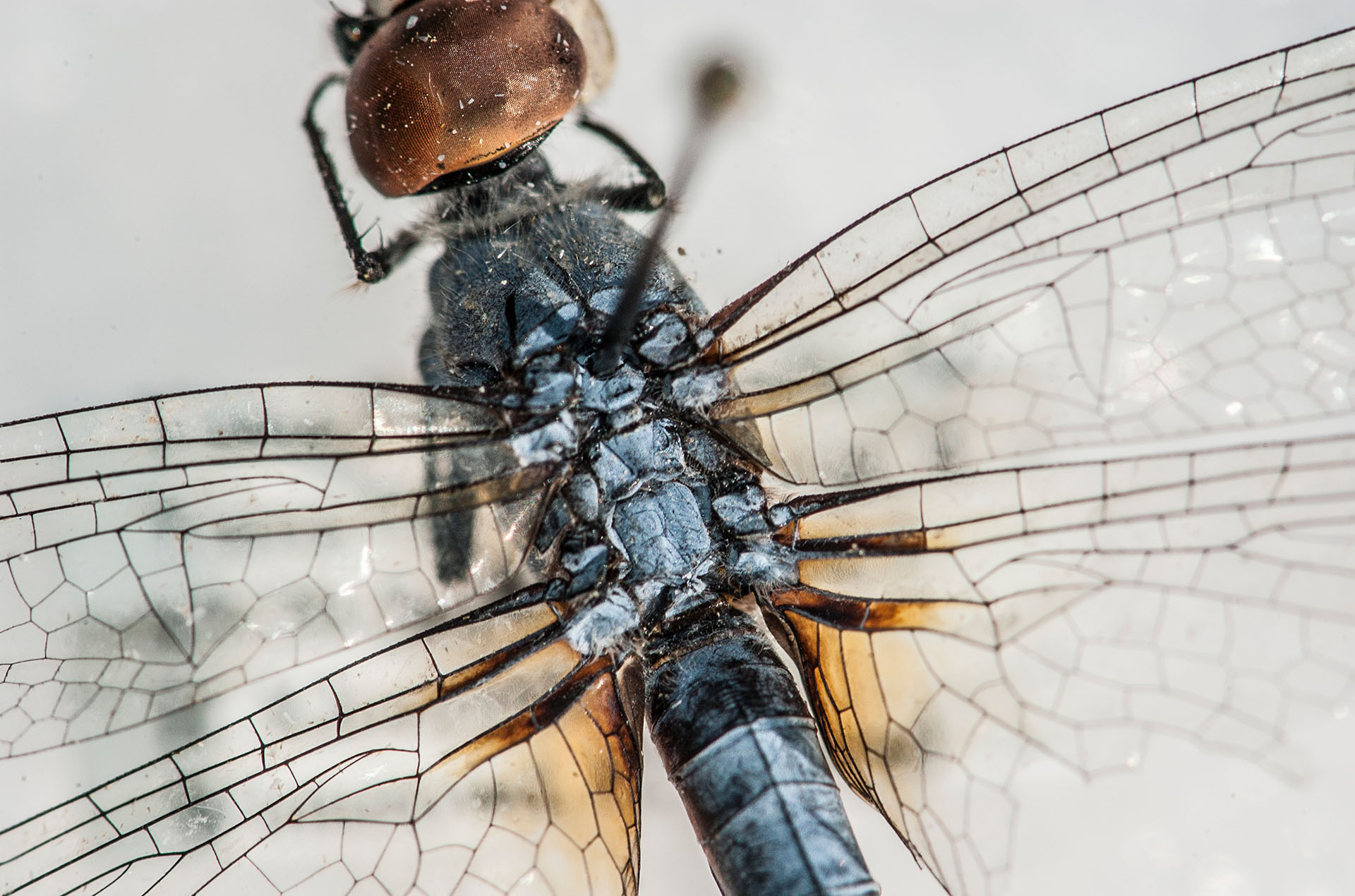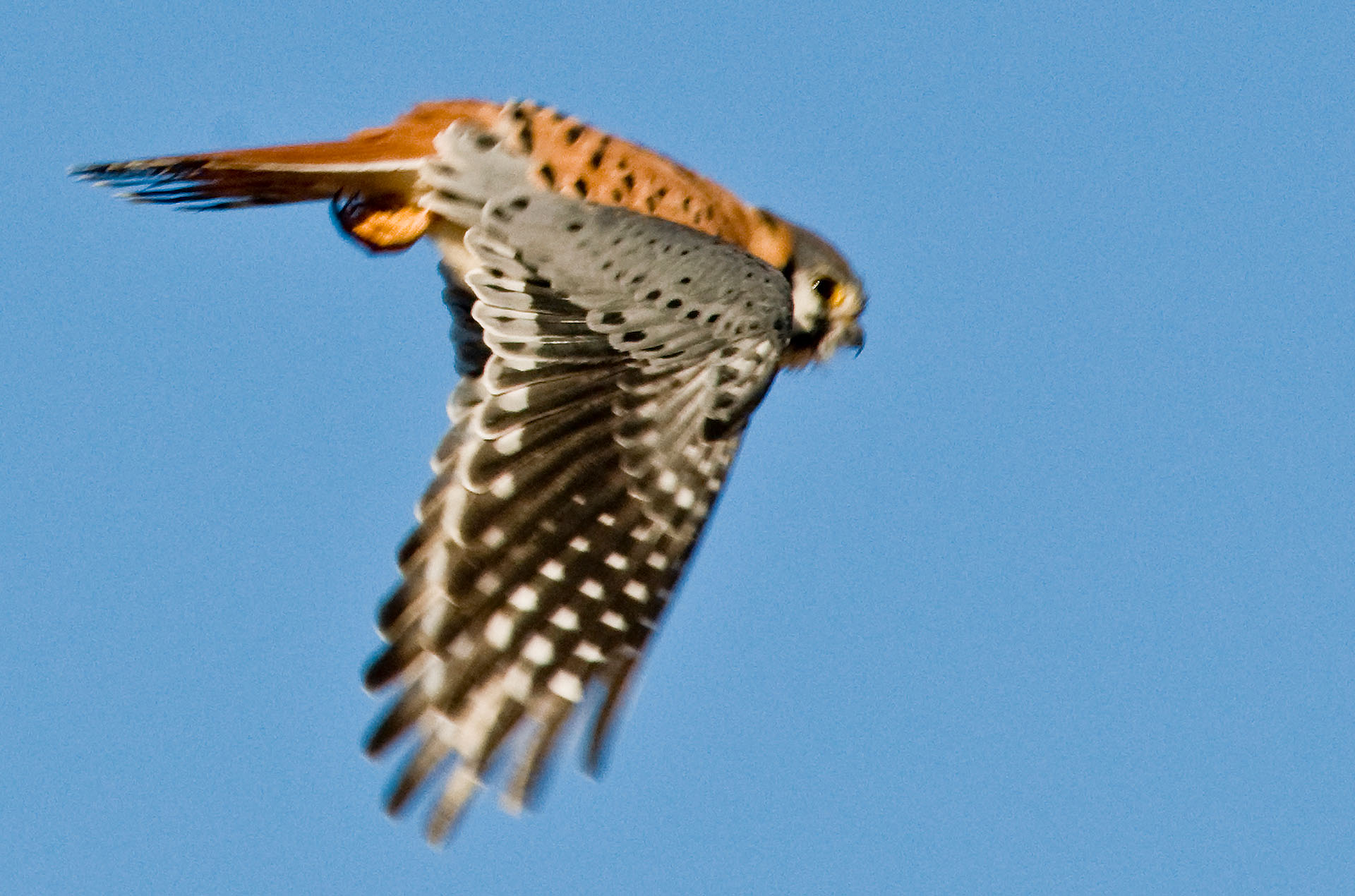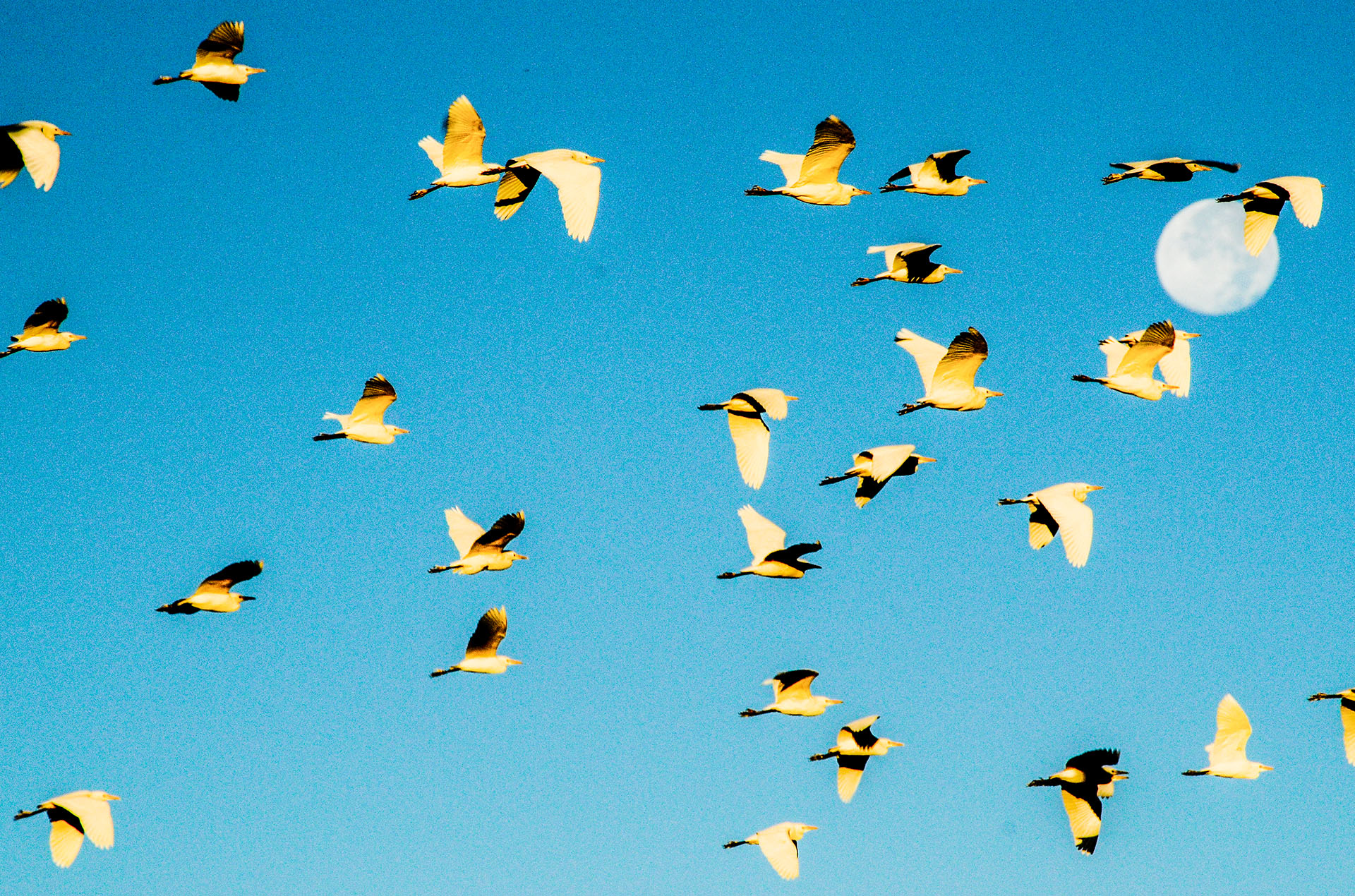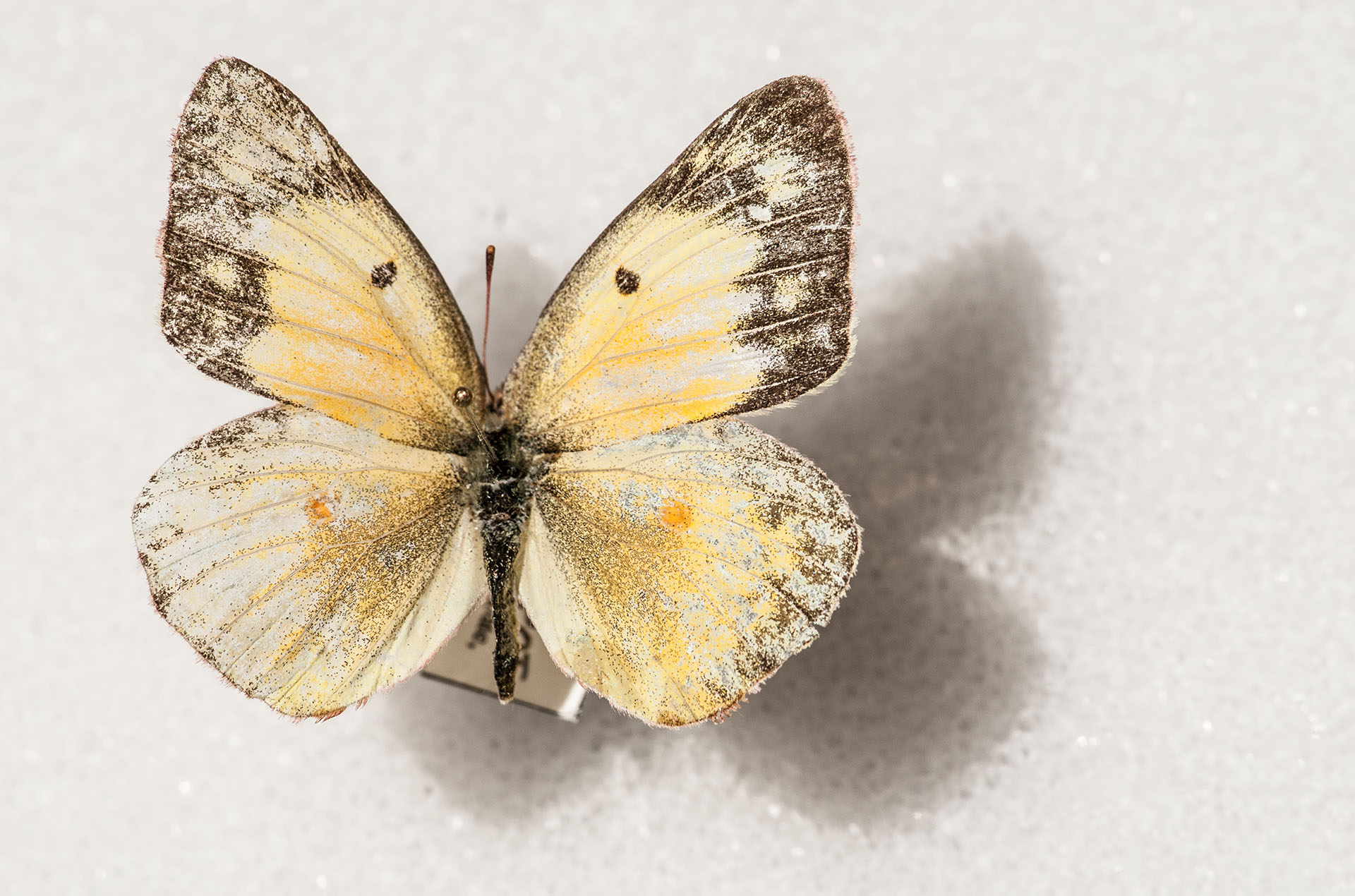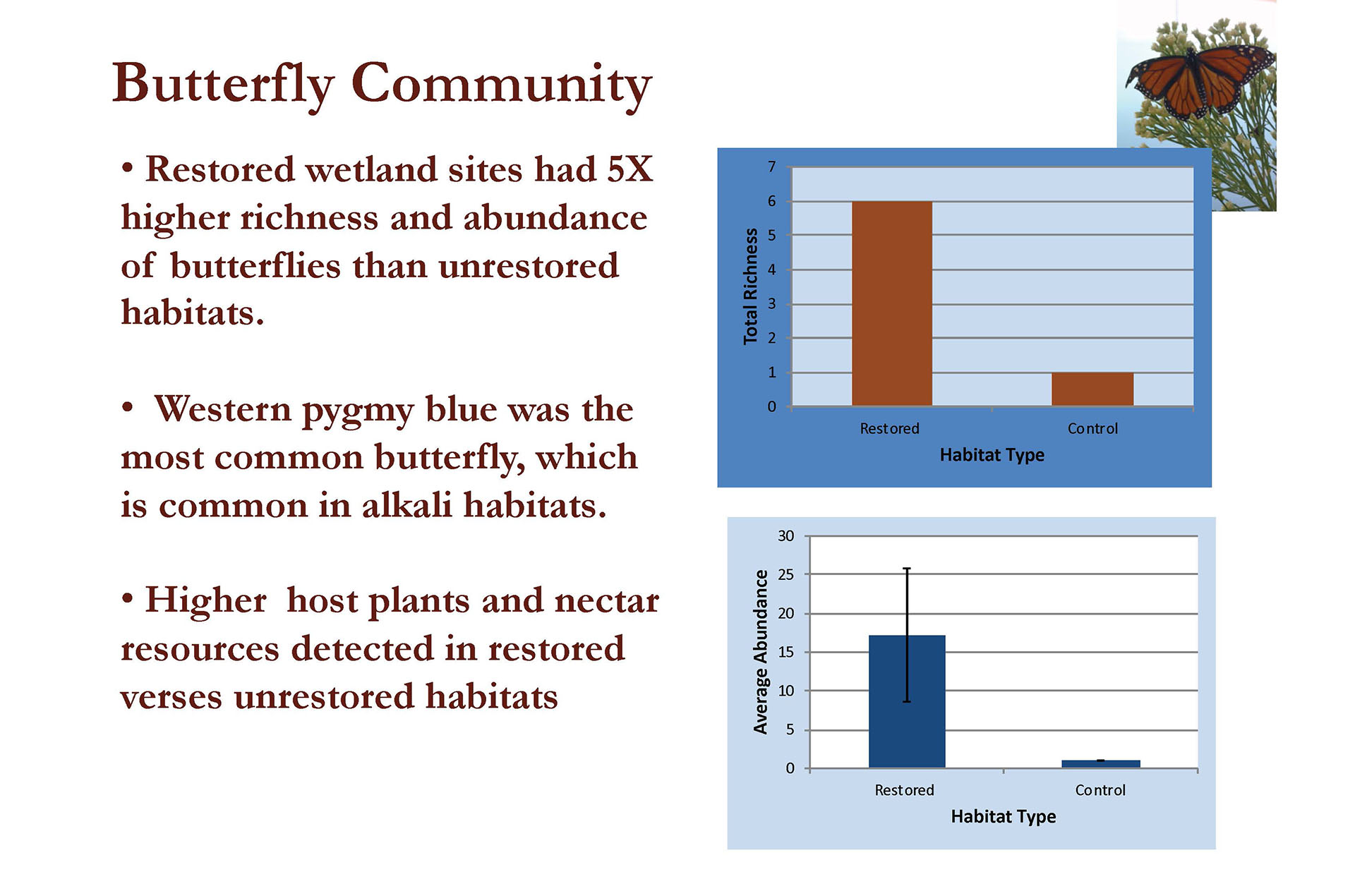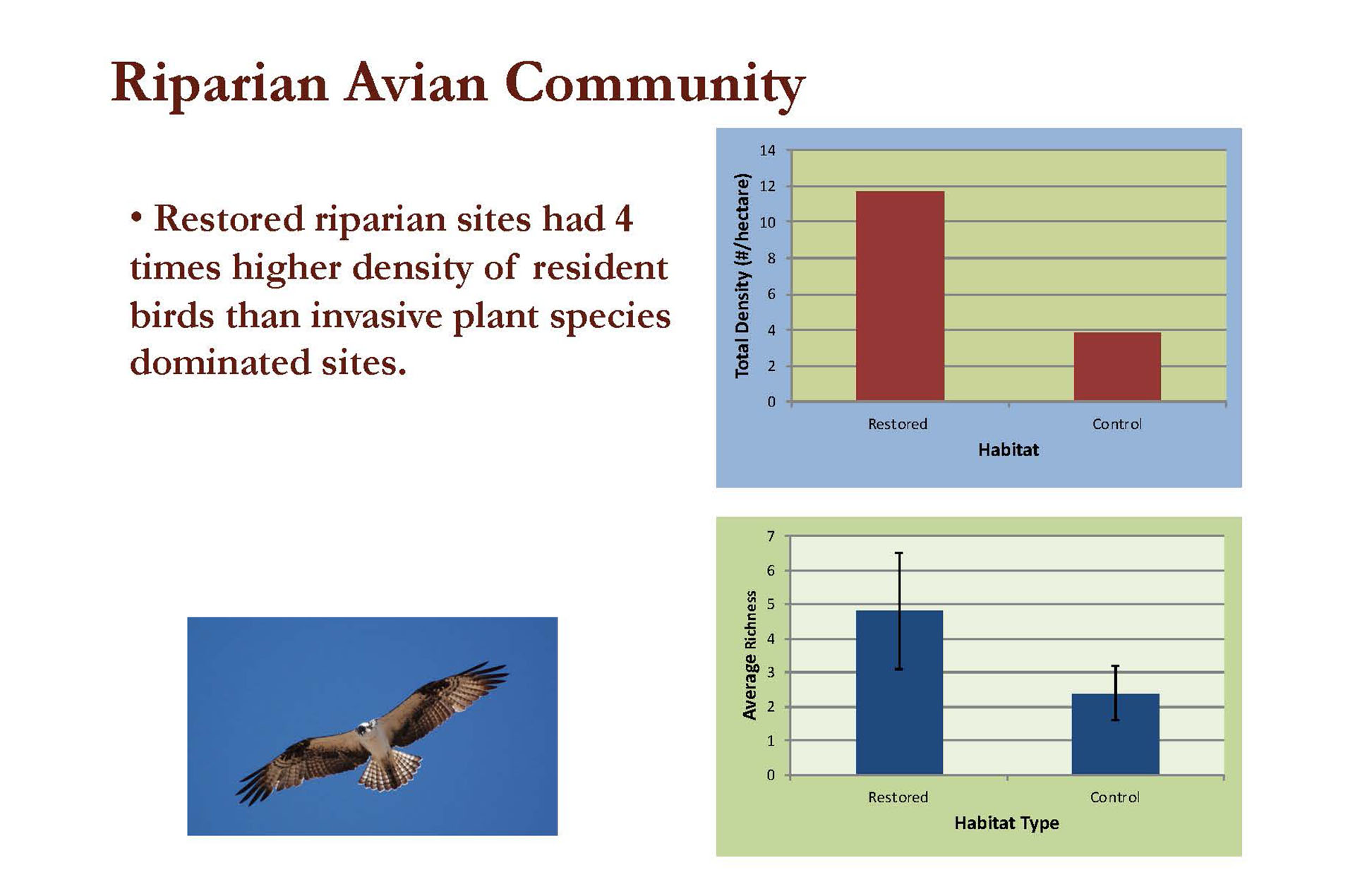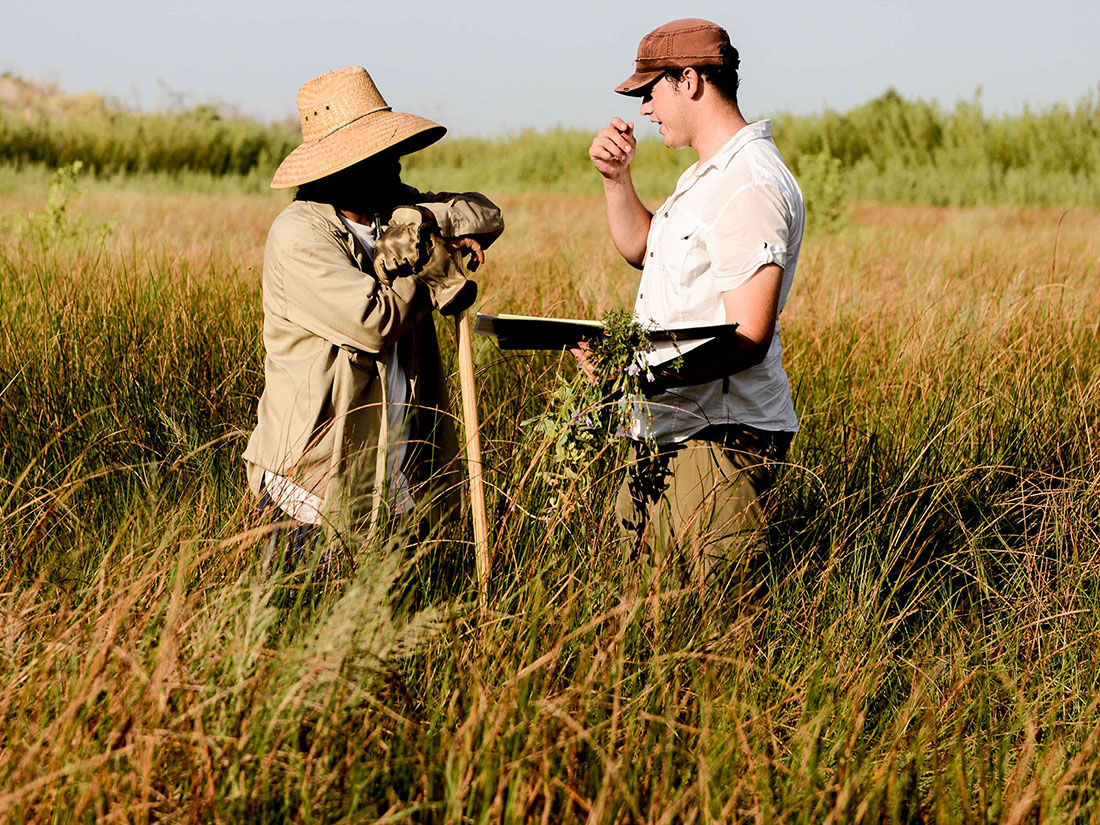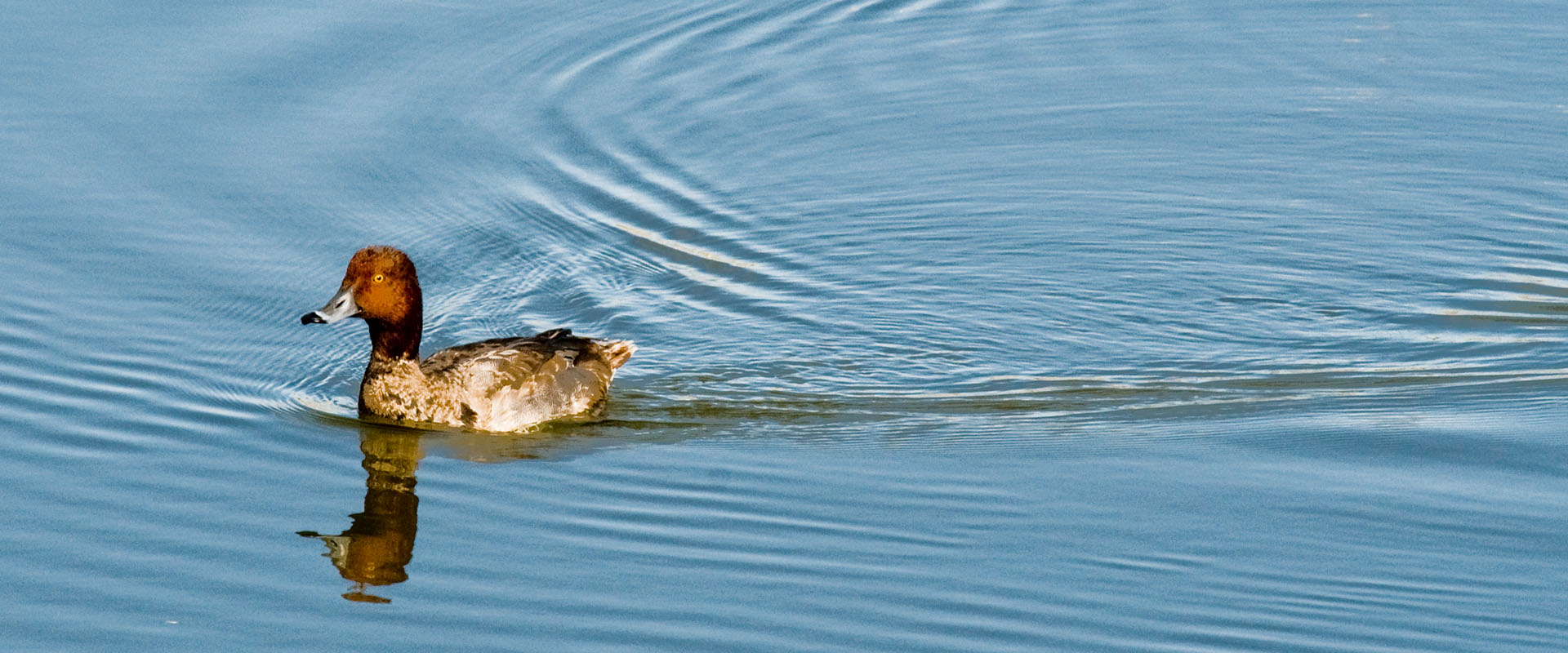
About This Project
Fred Phillips Consulting received a grant from the Arizona Water Protection Fund to investigate bird and butterfly community richness in restored areas versus controlled riparian and wetland habitats in the Yuma East Wetlands (YEW).
Baseline research conducted by the firm’s biologists indicated that butterflies and breeding birds warranted further research as restored habitats matured. Both bird and butterfly communities can quickly re-colonize restored sites as well as provide good indicators of ecological health. The objective of this project was to compare wildlife communities in restored habitats against the communities in controlled habitats. Results would help further refine restoration practices and evaluate restoration success.
Project Slide Show
Restored and control habitats were primarily located in the Yuma wetlands, with one restored riparian site in the Yuma West Wetlands. Riparian breeding birds were surveyed using intensive area searches, which included surveying five restored and five control plots (1-3 ha) six times during mid-April to June. Marsh birds were surveyed using variable circular plots and the National Marsh Bird Monitoring Protocol three times during March- May. Geo-referenced maps documented the birds’ breeding evidence.
Butterflies were surveyed in riparian transects during May, June, July and September at a rate of one minute per 20 meters. All butterfly species detected— and their behavior (nectaring, basking, flying)—were recorded. Vegetation characteristics, such as total vegetation volume and cover estimates in 3 meter plots, were recorded to evaluate bird habitat and butterfly host plants. Nectar resources and blooms were also evaluated every 10 meters along the transects.
Study results indicated that both bird and butterfly species preferred restored riparian and wetland habitats over the controlled riparian and wetland habitats. Restored habitats enjoyed greater bird richness and abundance; notable species observed were yellow-headed blackbirds and 8 endangered Yuma clapper rail. Butterflies significantly benefited from the restored landscapes as well, and this observation correlated with flowering plant richness and abundance, vegetation species diversity, and herbaceous coverage.
These observations indicate that, in order to attract a variety of butterfly species and encourage avifauna abundance, a diversity of flowering, herbaceous vegetation should be planted at restoration sites. Yuma Crossing National Heritage Area has contracted Fred Phillips Consulting to continue these bird surveys following the protocols established by the Bureau of Reclamation’s Multi-Species Conservation Program.
Client
Yuma Crossing National Heritage Area
Location / Date
Lower Colorado River / 2002-2018
Collaborators
Bureau of Reclamation Multi-Species Conservation Program, Yuma Crossing National Heritage Area

